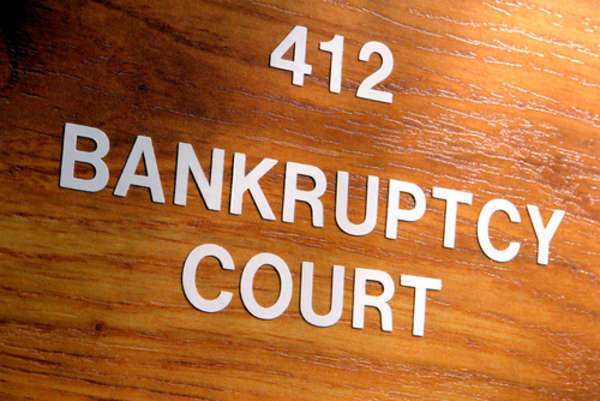
A Short Guide to Maryland State Bankruptcy Law
Before Filing for Bankruptcy
It is required of all businesses that they have filed for bankruptcy with the assistance of a Maryland bankruptcy lawyer. The requirement does not exist for individuals filing for personal Maryland bankruptcy, most individuals also choose to get a lawyer. Those who cannot afford a lawyer but still have questions may take advantage of the Debtor Assistance Project which offers free legal clinics to debtors.
All private individuals are required to attend credit counseling no earlier than 180 days before filing for Maryland bankruptcy. For a list of approved credit counselors who can tell you if a more advantageous financial solution exists for you then bankruptcy, look at the Justice Department website here.
Filing for Bankruptcy
Three branches of the U.S. Bankruptcy Court for the District of Maryland exists, one in Baltimore, one in Greenbelt, and one in Salisbury. Come to court with all necessary forms filled out; they’re listed here. Be ready also to pay a fee for your petition, $306 for Chapter 7, $1046 for Chapter 11, and $281 for Chapter 13. To know more about these different chapters of bankruptcy and decide which one is appropriate for you, continue reading.
Corporate Maryland Bankruptcy
Businesses survive on the strengths of their products and services, but also on environmental supply and demand factors that individuals have no control over. If your business is having trouble meeting its bill obligations, the State of Maryland offers several different bankruptcy options to help resolve your conflicts:
• Chapter 11 Maryland Bankruptcy: If your company remains fundamentally strong despite short-term financial difficulties, then Chapter 11 gives you the opportunity to restructure it so that it becomes more profitable. All loan payments will temporary stop while you work with the Court on creating a new payment schedule. All your assets will be protected, so that this Maryland Bankruptcy procedure truly gives business owners a second chance.
• Chapter 7 Maryland Bankruptcy: This isn’t a last chance measure but, for the most part, a last measure, beginning the process of dissolving a company. Assets are possessed and sold for money that will be used to pay creditors. Operations cease during this period, and no new revenue can come in. Any debt that asset sales don’t pay for, the company is still legally accountable for, making restarting very difficult.
Personal Maryland Bankruptcy
The two most commonly filed Maryland bankruptcy types are:
• Chapter 7 Maryland Bankruptcy: Chapter 7 offers considerably more hope to individuals than businesses, letting them pay back their debts with, again, the court-conducted seizure and sale of assets. However, the individual is not responsible for any debts which the asset sales do not cover. There are exclusions, though: individuals with incomes above the Maryland mean income and who do not pass the Maryland Means Test may not file for Chapter 7 Maryland Bankruptcy.
• Chapter 13 Maryland Bankruptcy: Essentially, Chapter 13 is like Chapter 11 Maryland Bankruptcy but for a lower tax bracket. If you have less than $800,000 in secured debts but do not qualify for Chapter 7, then Chapter 13 is likely the only type of bankruptcy that you can file. It allows for debt payments to cease while a new schedule is created that will more easily allow the Maryland bankruptcy filer to pay the money back.
The Tax Debt Dilemma
There are few exclusions about the types of debt covered by Maryland bankruptcy law, but one important one exists for tax debt. Because of its governmental nature, most tax debt cannot be excused with Maryland bankruptcy laws. If you suffer from tax debt, you should seek resolution with the IRS first before filing bankruptcy.





















